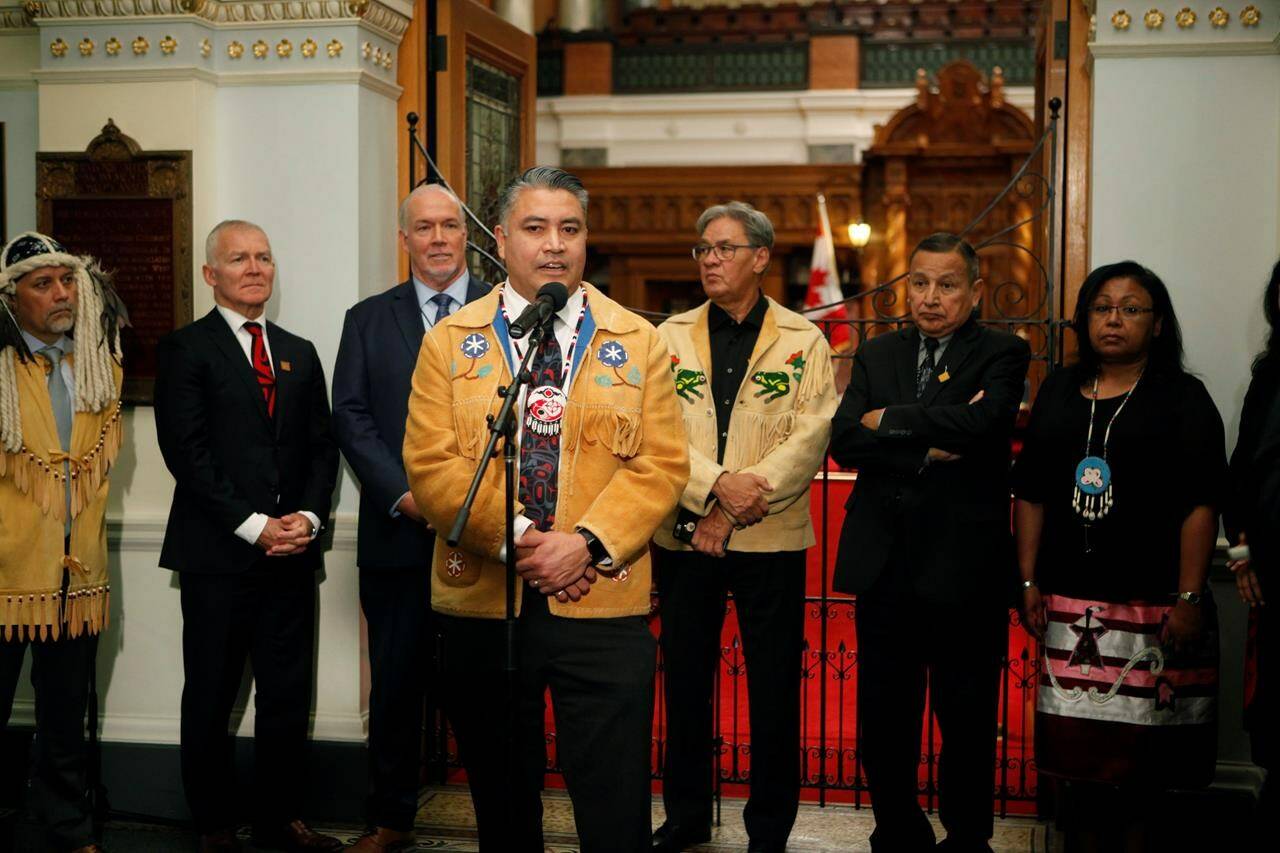A northern British Columbia city is enacting new restrictions meant to erase the homeless from its core, intensifying the grief that COVID-19 and the overdose crisis have already inflicted on those with nowhere to live, an expert says.
The bylaw recently passed by Prince George council has tight restrictions on the homeless and is another example of how municipalities are increasingly using harsh regulations to force street people from public spaces, critics said.
It is now an offence to solicit within 10 metres of a restaurant, daycare, liquor store or a vehicle at a traffic stop, among other places. Open air burning in a park or a street is also among prohibited activities.
Joe Hermer, associate professor and chair of the department of sociology at the University of Toronto, Scarborough, said the Prince George bylaw targets the presence and means of survival for homeless people.
Hermer has studied homelessness, street policing and municipal bylaws in Canada, England and Scotland for about 20 years. Such regulations have become “incredibly popular” over the past decade, he said, although the Prince George safe streets bylaw stands out as being “particularly severe” and “particularly discriminatory.”
Vagrancy-type of laws have been around for the past 700 years since first being introduced in England and usually “scapegoat” the poor, Hermer said.
“But I think that was essentially given a new form 20 years ago in terms of municipalities realizing that they could pass these bylaws themselves.”
His research has mapped more than 200 cities and municipalities in Canada with such laws including Surrey, B.C., Toronto, Edmonton, Halifax and Montreal.
Terry Teegee, regional chief of the British Columbia Assembly of First Nations, said the bylaw is unethical.
Indigenous people make up about 80 per cent of the homeless population in Prince George, and it’s punishing those who have mental health and addiction issues, he said in an interview.
“So really the bylaw is discriminatory in nature and it’s punishing the poor, you know, and especially now during a pandemic when there’s limited capacity for indoor space and for allowing people to go to drop-in places,” Teegee said.
“There’s no place to go to except in the streets, so if you’re loitering then potentially by the bylaw you can get fined.”
Hermer said the resurgence of such bylaws coincides with the shrinking of social services and housing. He added that those who live, sleep and use public space as a home, especially Indigenous and people of colour, are associated with high crime rates.
“There’s no direct connection whatsoever, but it is a very powerful metaphor to start these nuisance bylaws particularly against homeless people.”
Policing is a dangerous substitute for the provision of appropriate shelter, medical care, and social support, he wrote in a letter to the Prince George city council in opposition of the bylaw.
When looked at as a whole, the Prince George bylaws against loitering, sitting, sleeping and panhandling, prohibit homeless people from being in a public space at all, Hermer said.
“Is it possible that homeless people can exist at all in downtown Prince George?” he asked.
“The answer is no. Because whatever they do, no matter what they do, it is going to be illegal, right?”
Both Hermer and Teegee question the timing of the bylaw at the confluence of the pandemic and overdose crisis.
Hermer said the bylaw would drive people into using their drugs alone, which might increase overdose deaths.
“It seems very wrong-headed and severe that they would pass this type of bylaw at this particular moment.”
Coun. Kyle Sampson was one of the five who supported the bylaw during the council meeting, saying living in a community means following rules even for people who face addiction issues.
“It means we should help them understand the law,” he said while the bylaw was under discussion at the council meeting.
“And if we can’t help them, then we do need to enforce the law to whatever extent that looks like. I don’t think that’s an unfair expectation.”
Sampson said he is “a middle-aged young male” who felt unsafe walking downtown.
Downtown is “a crisis of crime and of drug addiction, mental illness and homelessness,” which need to be addressed, he said adding that the bylaw will speak to these issues.
Coun. Cori Ramsay voted against the regulation saying she researched similar bylaws in other cities and found that they were not effective.
“It really doesn’t seem to make a difference,” she said in an interview. “It really seems to be, you know, a Band-Aid solution.”
She questioned the ripple effect of fining people for simply sitting on the street.
“What are they going to have to resort to pay that fine?” Ramsay asked.
“Is it going to increase theft? Is it actually going to have the opposite effect of the intended behavioural changes this bylaw is really striving to create?”
Samson said he is open to revisiting the bylaw if evidence shows that it is causing harm.
“I’m not saying that we should repeal this, I’m saying that if there’s evidence later that shows that it’s not having the intended outcome, then we can revisit it.”
Hermer said sleeping on a sidewalk because someone has no other place to go is not a crime.
The main harm from this bylaw is that it brings isolation to people living on the streets by breaking their social connections in public space that for some of them is a last resort, he said.
“And there is a level of safety in being in public. Visibility is important, and in the fact that they’re not alone.”
— Hina Alam, The Canadian Press
RELATED: Vigilante to volunteer: A B.C. woman’s change of heart on homelessness
RELATED: Stories unite Canadians on homelessness action: UBC study

